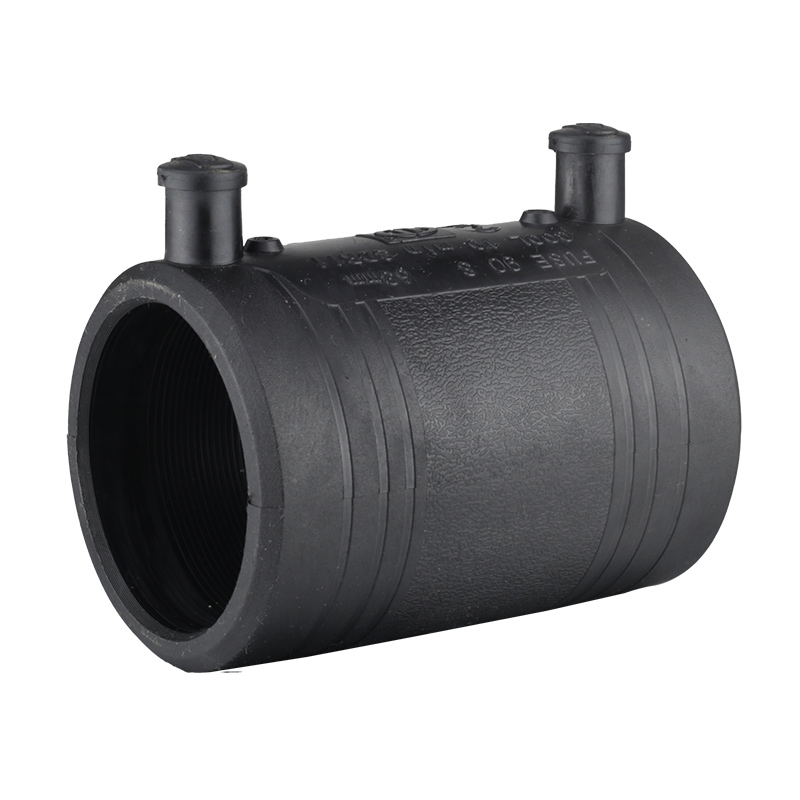In today's digital age, the concept of a smart home has gained immense popularity. A smart home integrates various technologies to enhance convenience, security, and energy efficiency. But what exactly do you need to create a smart home? In this comprehensive guide, we will explore the essential components and considerations to help you build your own intelligent living space.
- Smart Home Hub:
At the heart of a smart home lies a central hub that connects and controls all the devices. A smart home hub acts as a command center, allowing you to manage and automate various functions. Popular options include Amazon Echo, Google Home, and Apple HomePod. These hubs utilize voice commands and provide seamless integration with other smart devices. - Connected Devices:
To transform your home into a smart one, you need a range of connected devices. These devices communicate with the smart home hub and can be controlled remotely. Some essential devices include:
a. Smart Lighting: Replace traditional bulbs with smart LED lights that can be controlled individually or in groups. Dimming, color-changing, and scheduling options offer personalized lighting experiences.
b. Smart Thermostat: Opt for a programmable thermostat that learns your preferences and adjusts temperature settings accordingly. Remote access and energy-saving features make it an indispensable component.
c. Smart Security Systems: Enhance home security with smart cameras, door locks, and motion sensors. Receive real-time alerts, monitor your property remotely, and enjoy peace of mind.
d. Smart Appliances: Upgrade your kitchen with smart appliances like refrigerators, ovens, and coffee makers. These devices offer advanced features, such as remote control, recipe suggestions, and energy monitoring.
- Network Infrastructure:
A reliable and robust network infrastructure is crucial for a smart home. Ensure you have a high-speed internet connection and a Wi-Fi router capable of handling multiple devices simultaneously. Consider using a mesh Wi-Fi system to eliminate dead zones and provide seamless connectivity throughout your home. - Voice Control and Automation:
To truly experience the convenience of a smart home, voice control and automation play a vital role. Set up voice assistants like Amazon Alexa or Google Assistant to control various devices using simple voice commands. Additionally, explore automation platforms like IFTTT (If This, Then That) to create custom routines and automate tasks based on specific triggers. - Privacy and Security:
As your home becomes more connected, it is essential to prioritize privacy and security. Regularly update firmware and software to protect against vulnerabilities. Enable two-factor authentication and use strong, unique passwords for all your smart devices. Consider investing in a virtual private network (VPN) to secure your network and data.
Conclusion:
Creating a smart home requires careful planning and consideration of various components. By investing in a smart home hub, connected devices, a robust network infrastructure, voice control, and automation, you can transform your living space into an intelligent and efficient haven. Remember to prioritize privacy and security to enjoy the full benefits of a smart home. Embrace the future of technology and make your home smarter today!











+ There are no comments
Add yours